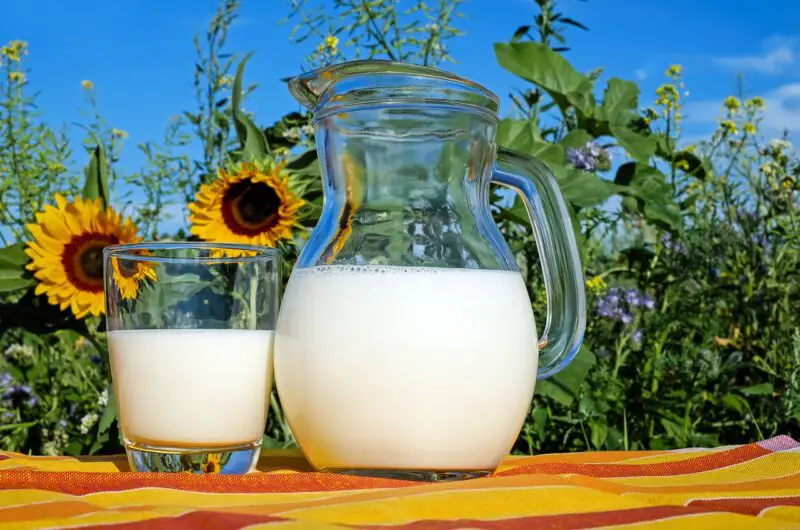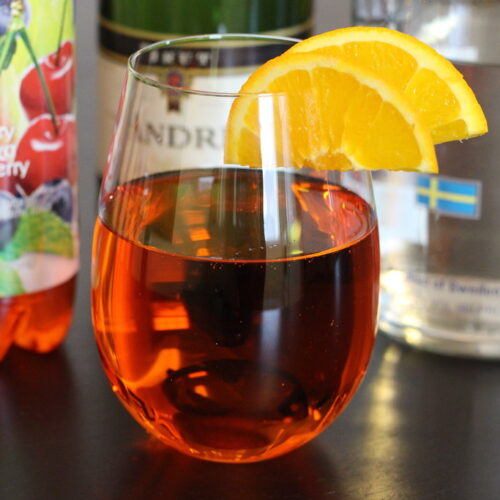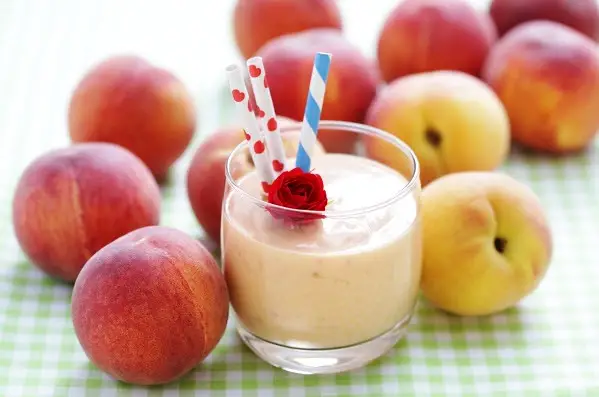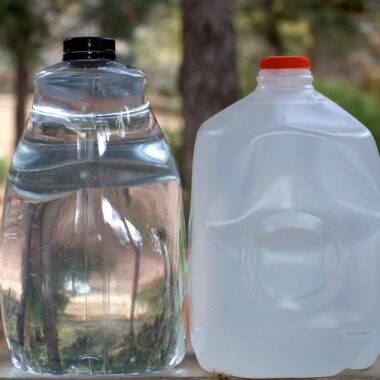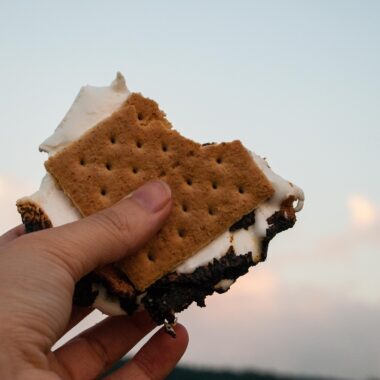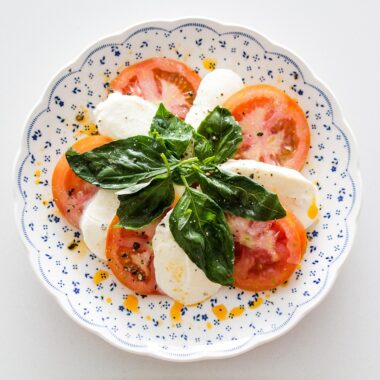When buying milk or other liquids, you may have noticed that they are measured in various units—pints, quarts, and gallons. If you’ve ever wondered, how many pints are in a gallon of milk?, the answer is simple: there are 8 pints in a gallon. However, there is much more to understanding liquid measurements than just this conversion.
In this article, we will explore the history of measurement systems, different gallon types, conversion formulas, and practical applications of knowing this conversion in everyday life. Whether you’re cooking, meal planning, or just curious, understanding how liquid measurements work can be very useful.
Understanding Liquid Measurements in the U.S. System
The United States follows the U.S. customary system, which includes units such as ounces, cups, pints, quarts, and gallons. The relationships between these units are straightforward but important to remember:
- 1 gallon = 4 quarts
- 1 quart = 2 pints
- 1 pint = 2 cups
- 1 cup = 8 fluid ounces
By multiplying these relationships, we can see that:
- 1 gallon = 8 pints
- 1 gallon = 16 cups
- 1 gallon = 128 fluid ounces
These measurements are commonly used in the kitchen, especially for recipes and grocery shopping.
Pints and Gallons in Different Measurement Systems
U.S. Gallon vs. Imperial Gallon
One crucial thing to note is that not all gallons are the same. There are two primary systems of measurement that use gallons:
- U.S. Customary Gallon – Used in the United States, equal to 128 fluid ounces.
- Imperial Gallon – Used in the United Kingdom and some other countries, equal to 160 fluid ounces.
Since the U.S. gallon and Imperial gallon differ in size, the number of pints in a gallon is also different:
- 1 U.S. gallon = 8 U.S. pints
- 1 Imperial gallon = 8 Imperial pints (but since the Imperial pint is larger, the total liquid volume differs)
If you’re converting between U.S. and Imperial measurements, be sure to check which system you’re using.
Why Is This Important? Practical Applications of Gallon-to-Pint Conversions
Knowing how to convert gallons to pints can be useful in many everyday situations. Let’s take a look at some common scenarios where this knowledge comes in handy.
1. Grocery Shopping
If you’re at the grocery store and see a gallon of milk priced at $4.00 but a pint costs $0.60, you might wonder which is the better deal. Using the conversion:
- 1 gallon = 8 pints
- 8 pints × $0.60 per pint = $4.80
In this case, buying the gallon is the cheaper option, saving you $0.80.
2. Cooking and Baking
Many recipes use different units of measurement, and knowing how to convert between them is essential. For instance, if a recipe calls for 2 pints of milk, you can easily determine that this is equivalent to ¼ of a gallon.
3. Meal Planning for Large Groups
If you’re hosting an event and need to provide milk for coffee, cereal, or baking, knowing how many pints are in a gallon can help you plan efficiently. For example, if you need 16 pints of milk, you can quickly figure out that you need 2 gallons.
4. Understanding Nutrition Labels
Milk cartons list serving sizes in cups or ounces, but knowing the conversions makes it easier to estimate how much you’re consuming. Since 1 pint = 2 cups, you can quickly determine that drinking a pint of milk provides 16 ounces of liquid.
5. Home Brewing and Beverages
If you make homemade beverages like iced tea, lemonade, or even beer, understanding liquid conversions is crucial. Suppose a recipe requires 4 pints of liquid; you can easily determine that this equals half a gallon.
How to Convert Gallons to Pints (Step-by-Step Guide)
Basic Conversion Formula
To convert gallons to pints, use this formula:Number of Pints=Number of Gallons×8\text{Number of Pints} = \text{Number of Gallons} \times 8Number of Pints=Number of Gallons×8
For example:
- 2 gallons = 2 × 8 = 16 pints
- 3.5 gallons = 3.5 × 8 = 28 pints
How to Convert Pints to Gallons
If you have pints and want to convert them to gallons, use this formula:Number of Gallons=Number of Pints8\text{Number of Gallons} = \frac{\text{Number of Pints}}{8}Number of Gallons=8Number of Pints
For example:
- 16 pints ÷ 8 = 2 gallons
- 40 pints ÷ 8 = 5 gallons
Knowing these formulas helps when you need to scale recipes or make bulk purchases.
Historical Background of Gallons and Pints
The history of liquid measurements dates back to ancient civilizations. Different cultures developed their own systems based on practical needs.
Origins of the Gallon
The gallon was first used in medieval England and was derived from the Old French word galon. It was commonly used for measuring beer and wine. Over time, different countries developed their own gallon measurements.
- The U.S. gallon is based on the British wine gallon used before the American Revolution.
- The Imperial gallon was later defined in 1824 by the British Parliament and is slightly larger than the U.S. gallon.
The Pint’s Development
The pint has historically been used to measure smaller liquid quantities, especially beer, milk, and cream. Its size varied based on the type of gallon being used, which is why U.S. and Imperial pints are not the same.
Common Questions About Gallons and Pints
1. How many pints are in a half-gallon of milk?
A half-gallon contains 4 pints since ½ of 8 is 4.
2. How many cups are in a pint of milk?
Each pint contains 2 cups, so a gallon has 16 cups.
3. Is a pint the same everywhere?
No. A U.S. pint is 16 ounces, while an Imperial pint (used in the UK) is 20 ounces.
4. How many quarts are in a gallon?
There are 4 quarts in a gallon, and since 1 quart = 2 pints, that confirms that there are 8 pints in a gallon.
5. Why does the U.S. use different measurement units than the rest of the world?
The U.S. customary system originated from the British system before the U.K. switched to the metric system in the 19th century. The U.S. decided to keep the original system, which is why it still uses gallons, pints, and ounces instead of liters.
Conclusion: The Importance of Knowing Gallon-to-Pint Conversions
Understanding how many pints are in a gallon of milk may seem like a simple fact, but it has many practical applications. Whether you’re grocery shopping, cooking, or meal planning, knowing that 1 gallon equals 8 pints can help you make better decisions.
From historical origins to real-world uses, liquid measurements play a vital role in our daily lives. The next time you see a gallon of milk at the store, you’ll know exactly how many pints it contains—and why it matters.
By mastering these conversions, you’ll be better equipped to handle everyday tasks involving liquids, saving time and making smarter purchases. So, the next time someone asks you, “How many pints are in a gallon?”—you’ll have the perfect answer!
Here are some references that can be used to verify the information in the article:
Books & Official Measurement Sources:
- U.S. Department of Commerce. (2008). NIST Handbook 44: Specifications, Tolerances, and Other Technical Requirements for Weighing and Measuring Devices. National Institute of Standards and Technology.
- Klein, H. A. (1974). The Science of Measurement: A Historical Survey. Dover Publications.
- Rowlett, R. (2020). How Many? A Dictionary of Units of Measurement. Center for Mathematics and Science Education, University of North Carolina at Chapel Hill.
Government & Educational Websites:
- National Institute of Standards and Technology (NIST). “The U.S. Customary Measurement System.”
- U.S. Metric Association. “A Guide to the U.S. Customary and Metric Measurement Systems.”
- Weights and Measures Act, UK Parliament (1985).
Online Conversion Tools & Informational Resources:
- OnlineConversion.com. “U.S. Liquid Measurement Conversions.”
- The Spruce Eats. “Liquid Measurement Conversions for Cooking and Baking.”
- Britannica. “Gallon Measurement and Its History.”
- ThoughtCo. “Understanding the U.S. Customary System vs. Metric System.”
These references provide historical context, official measurement standards, and practical applications of volume conversions in everyday life.
